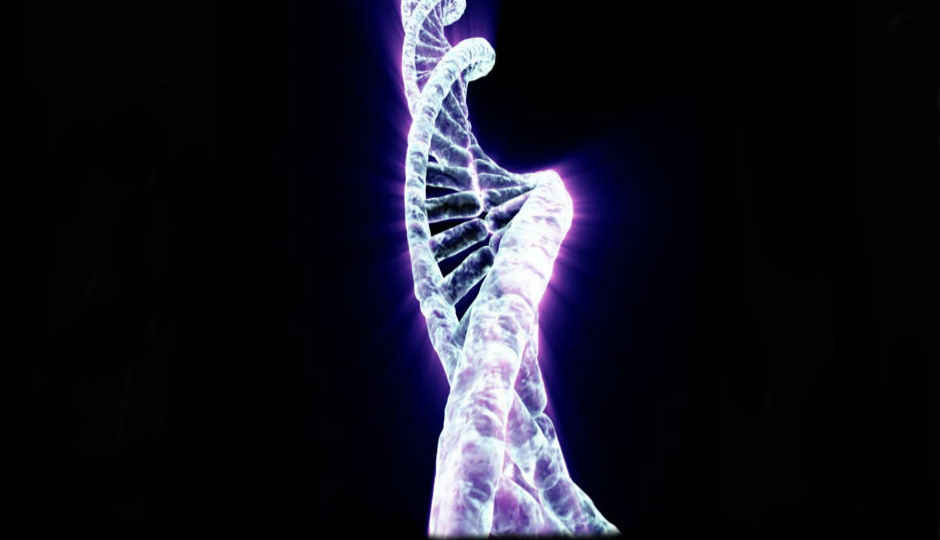Scientists have managed to replay a movie encoded in living DNA cells!

A team from Harvard University managed to encode an image of a human hand and a motion sequence of photos into the DNA of bacteria cells, only to be able to successfully retrieve the recording. Yes, this means science has now managed to create the world’s first molecular recorder.
Imagine a future where you store your movies and TV shows not on a pen drive, not on a hard disk and not even on a NAS drive, but, on bacteria DNA instead. Strange as it may sound, scientists from Harvard University's Wyss Institute for Biologically Inspired Engineering have managed to encode complex data, including an image of the human hand and a clip of a galloping horse from one of the world’s first motion pictures, onto the DNA of living cells.
Not only did they manage to encode the primitive motion picture clip into the DNA of bacteria cells, they also managed to retrieve the recording, taking a giant leap towards the creation of “molecular recorders.” The research has proven that DNA can be used not just to encode genetic information, but any arbitrary sequential information into a genome.
Using the fascinating gene editing technology CRISPR, neuroscientists first demonstrated that they could encode and retrieve a human hand image inserted into bacterial DNA. They then took a classic 1870s race horse in motion sequence of photos and similarly encoded, reconstructed the same through bacteria DNA.
CRISPR is a group of proteins and repeated DNA that act as an immune system in some bacteria. It behaves as a vaccination against viruses by creating genetic memories of the viral infection, thereby making the bacterium immune. Explaining the process used by the Harvard scientists, the National Institute of Mental Health writes, “Over the course of five days, they (researchers) sequentially treated bacteria with a frame of translated DNA. Afterwards, they were able to reconstruct the movie with 90 percent accuracy by sequencing the bacterial DNA.”
Image Courtesy: Seth Shipman
"We want to turn cells into historians," explained neuroscientist Seth Shipman, Ph.D., a post-doctoral fellow at Harvard Medical School, Boston. "We envision a biological memory system that's much smaller and more versatile than today's technologies, which will track many events non-intrusively over time," he added. Shipman also added that a recipe like this could be used in the future to engineer similar cells and help fight diseases, deepen the understanding of human biology.
One of the most intriguing use cases of such technology will be to unlock the secret working of the human brain. ”Such a molecular recorder will allow us to eventually collect data from every cell in the brain at once, without the need to gain access, to observe the cells directly, or disrupt the system to extract genetic material or proteins," said Shipman.
The findings of the study were published in the scientific journal Nature, and you can go through the paper in detail here. We are indeed living in some exceptional times.






